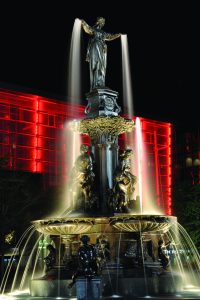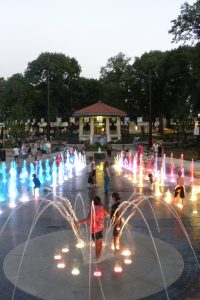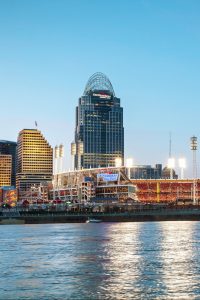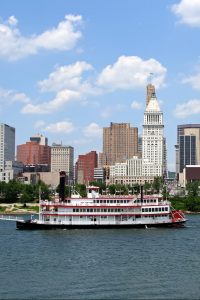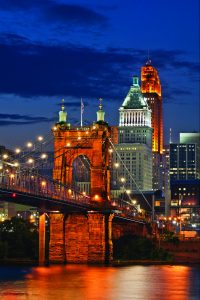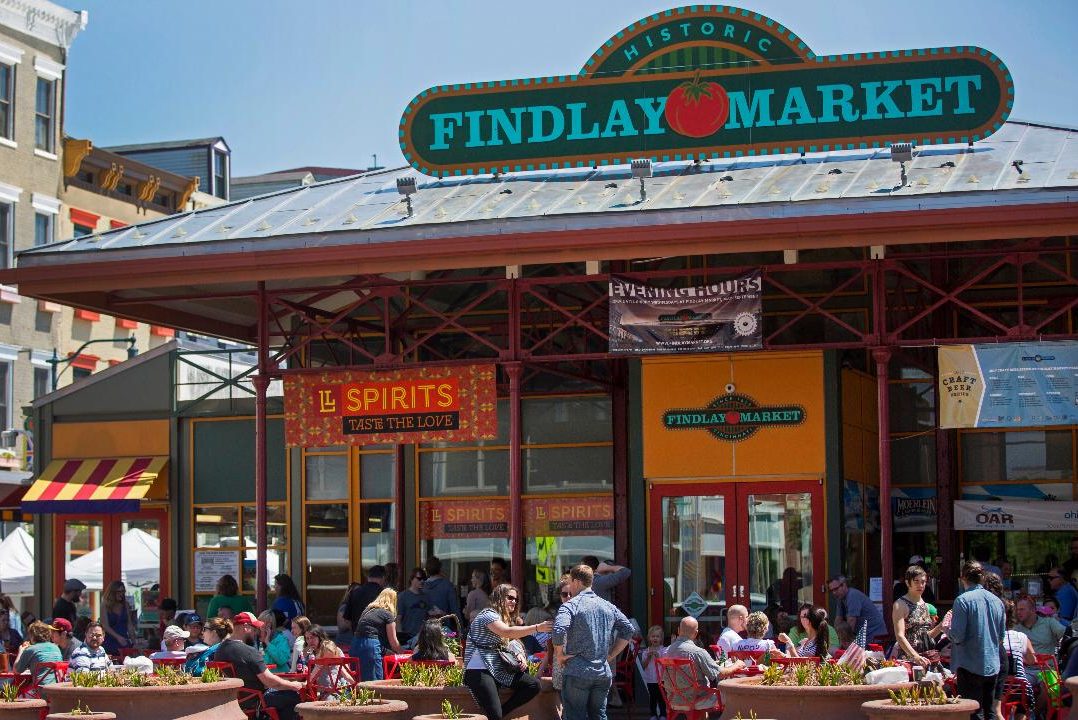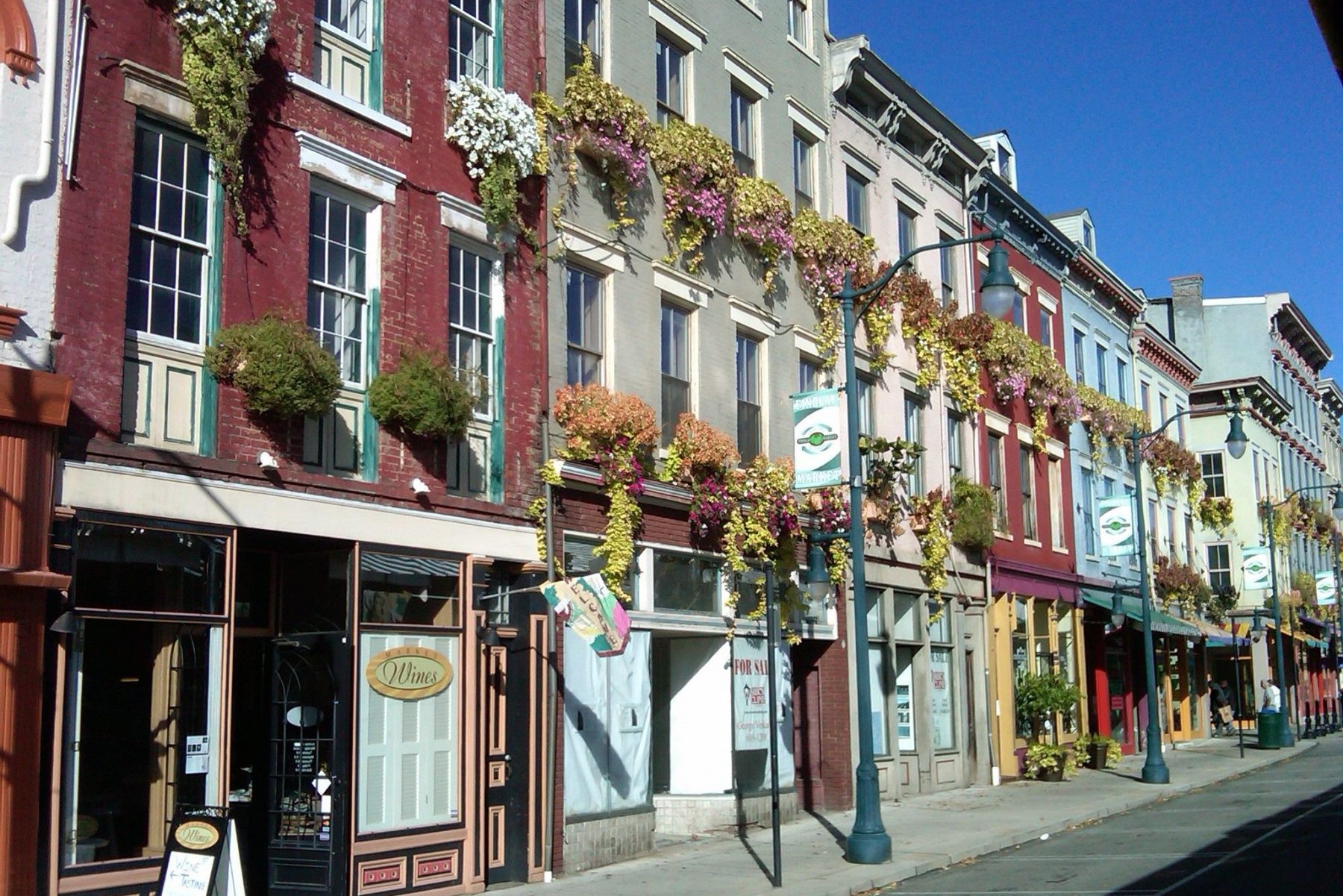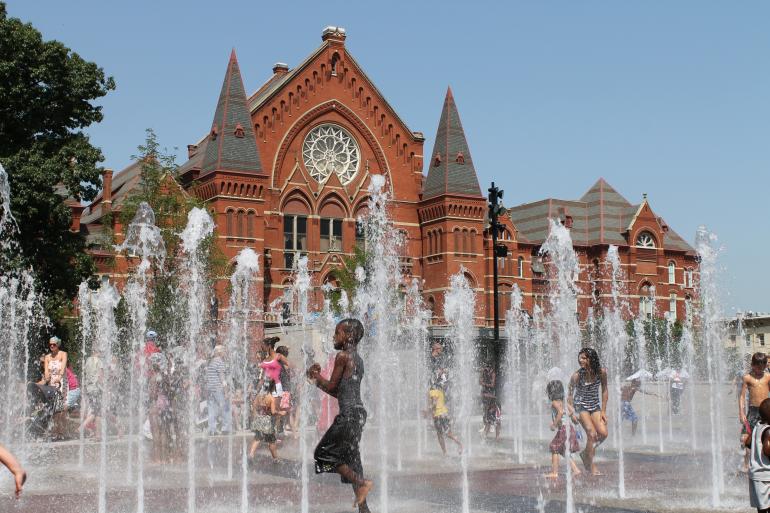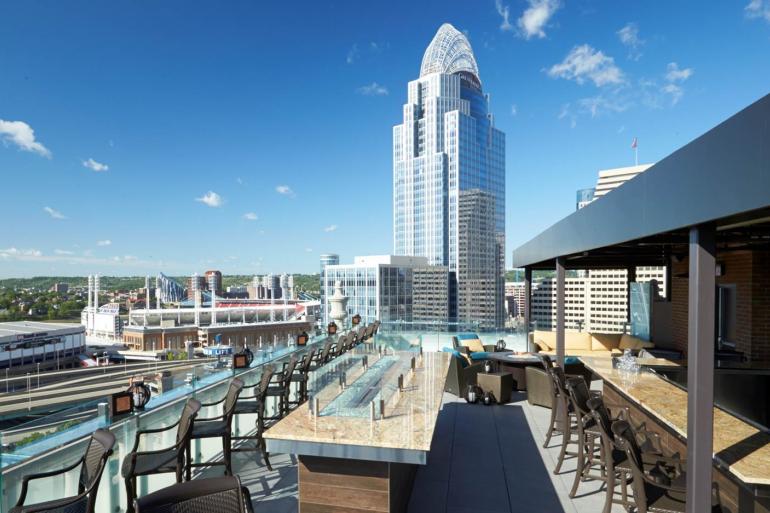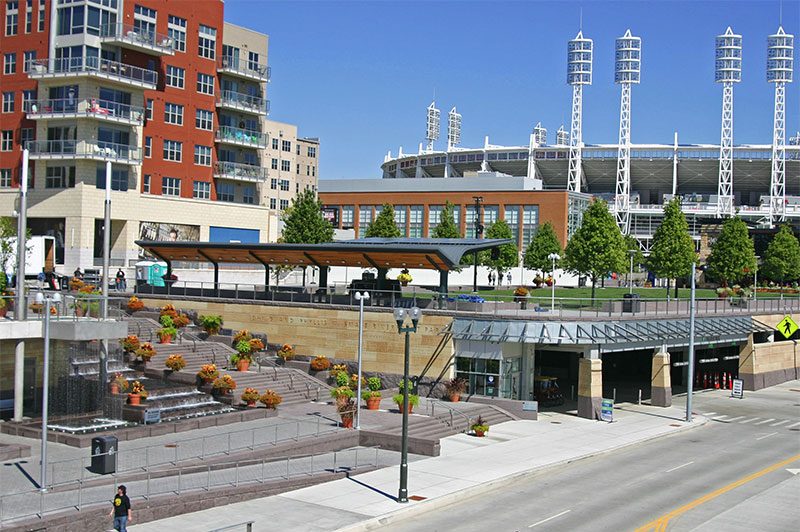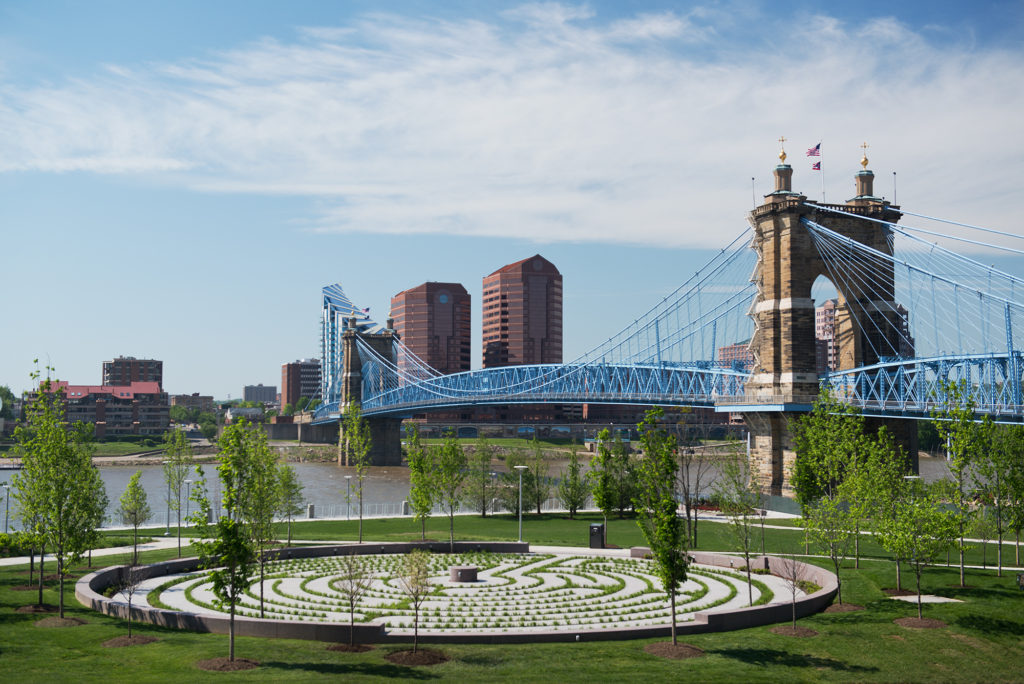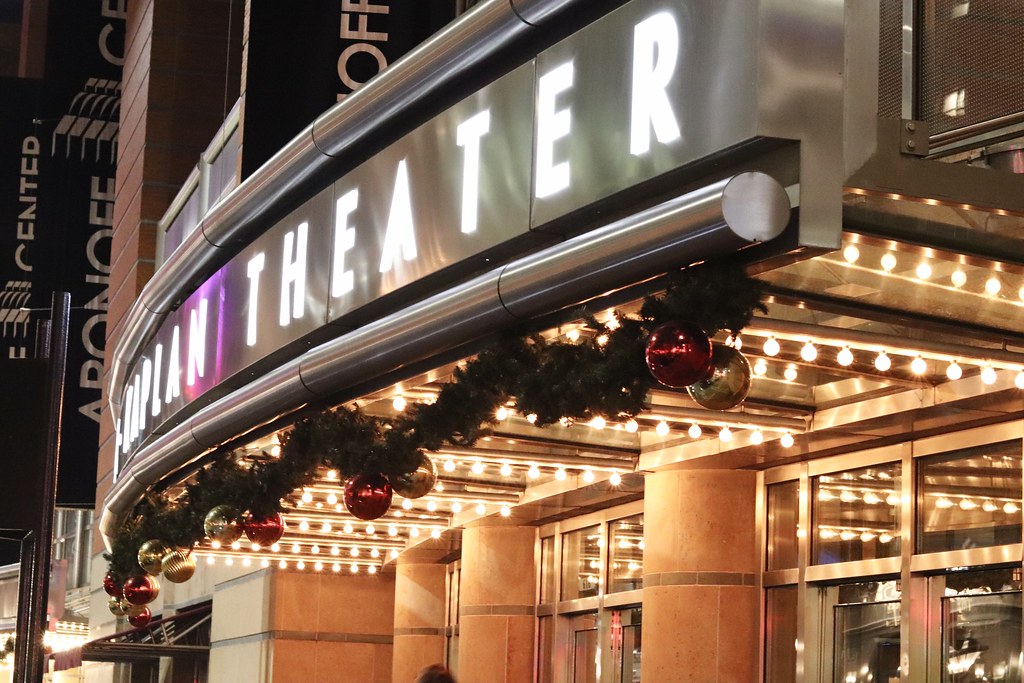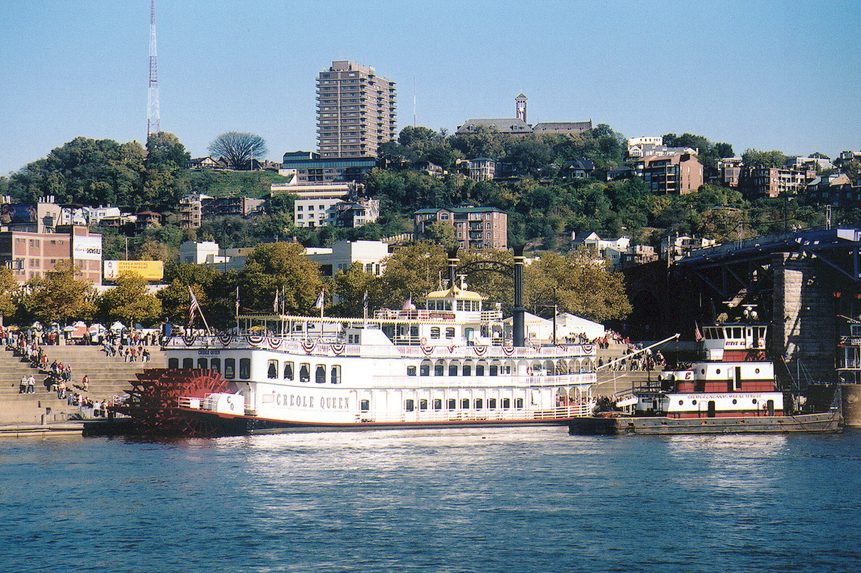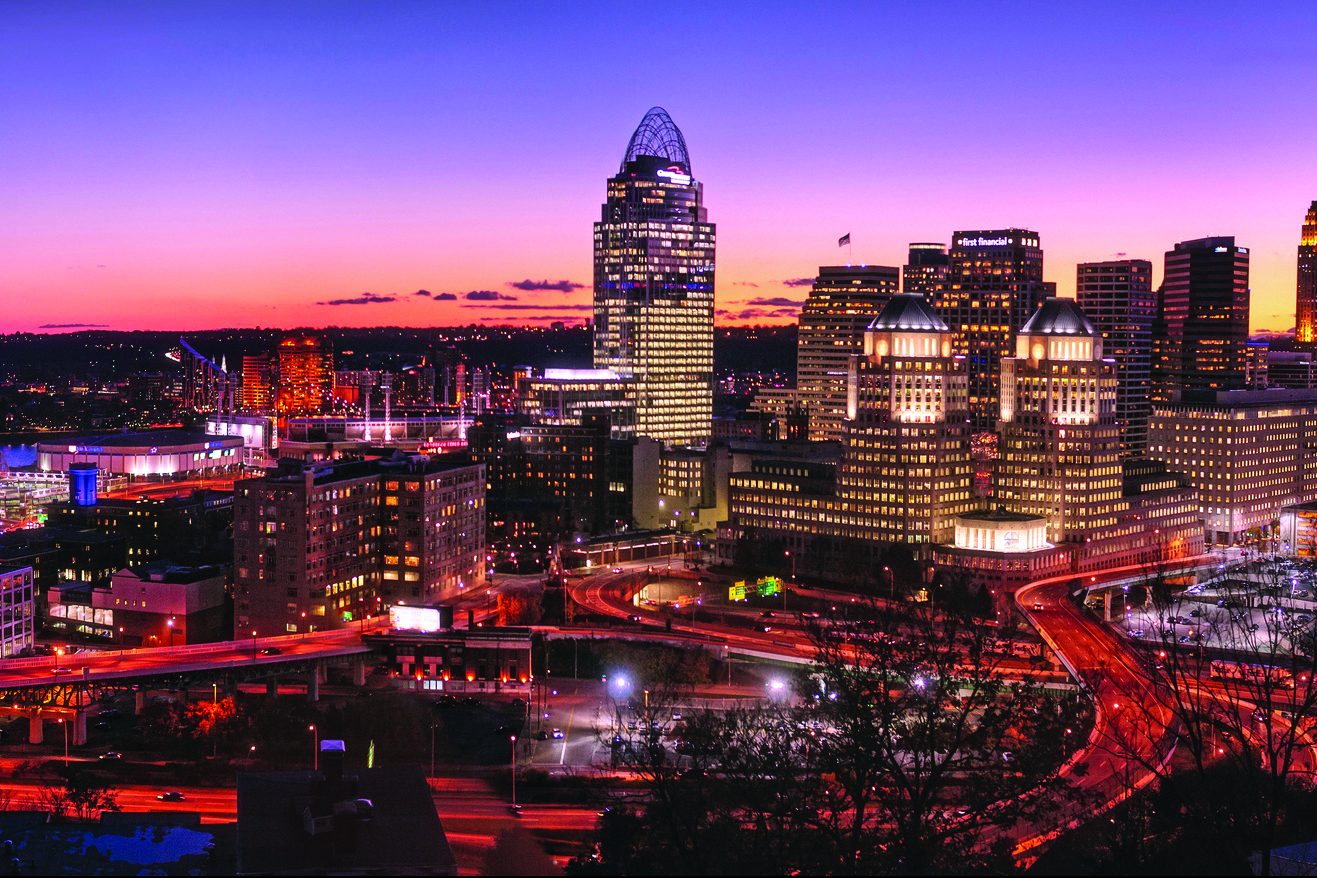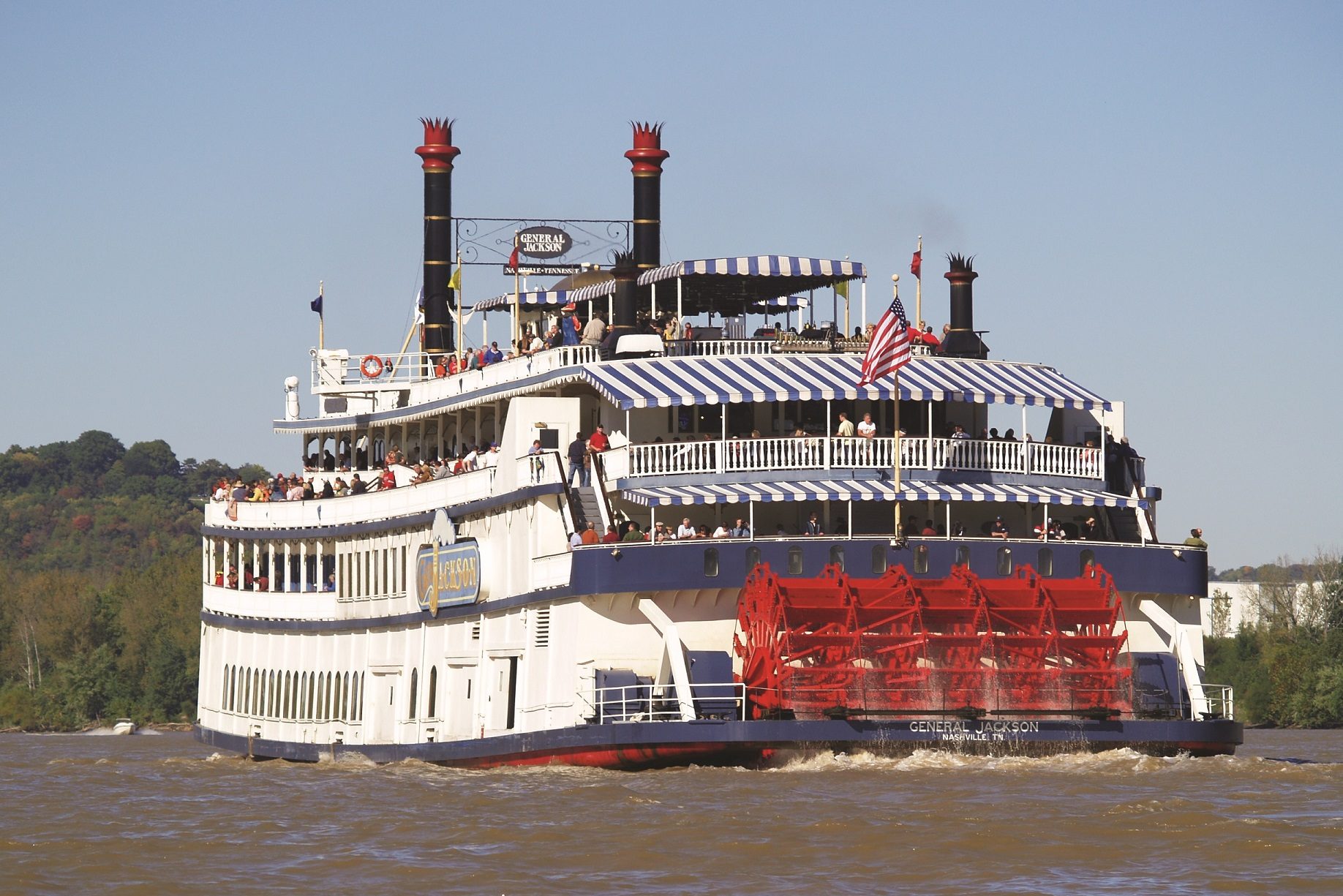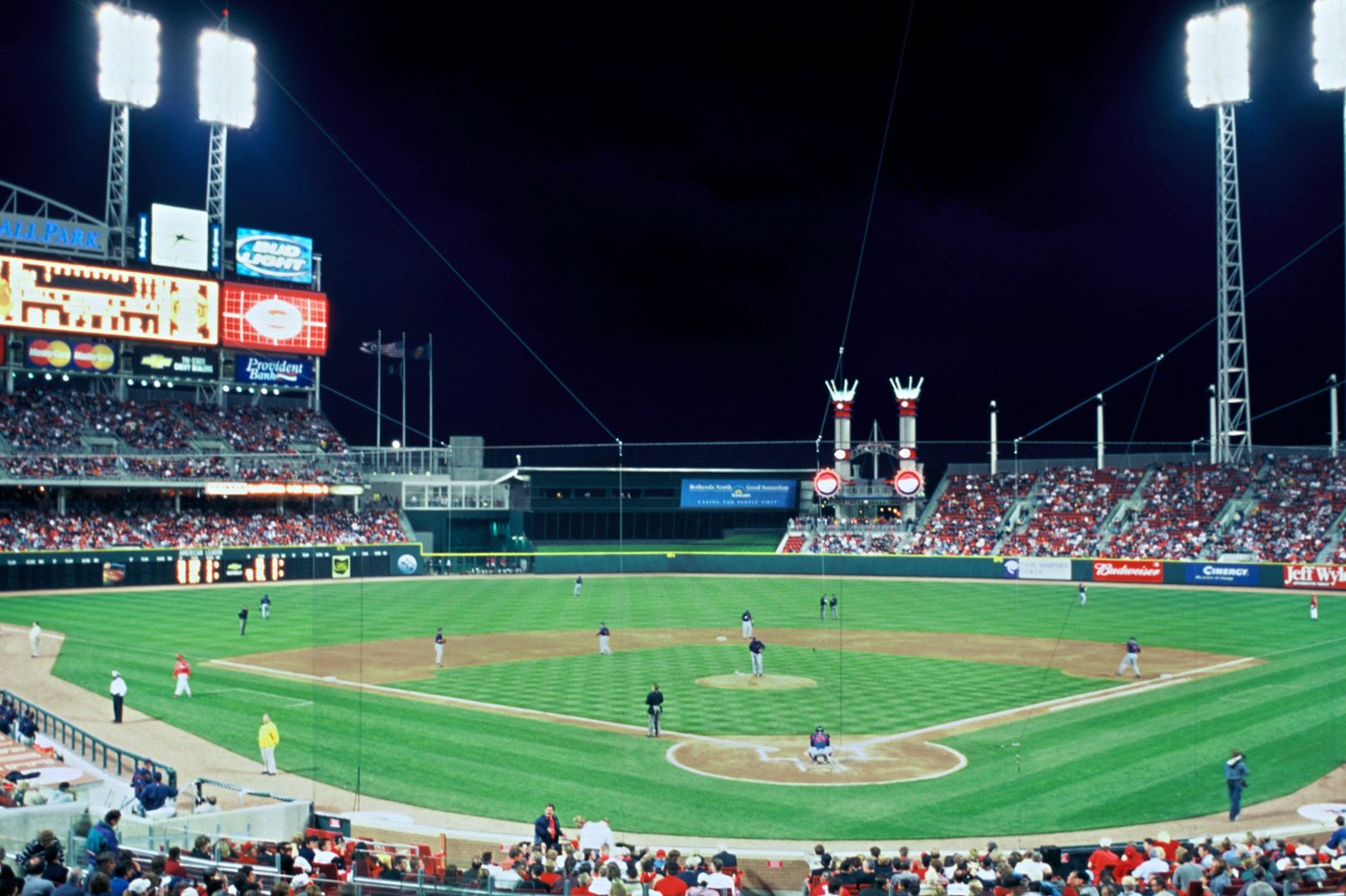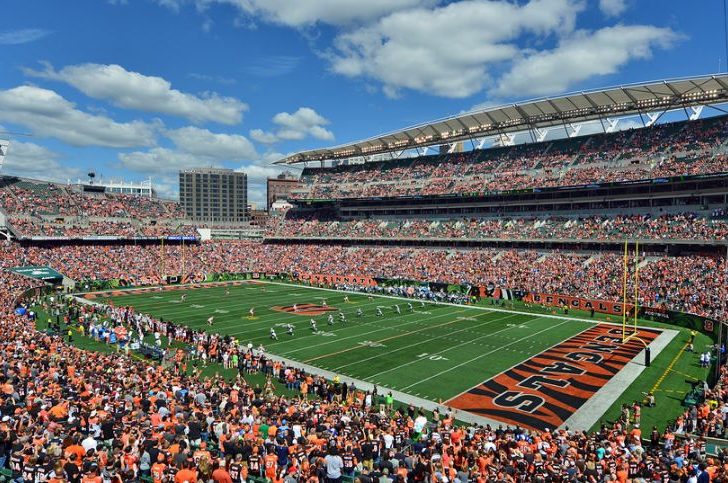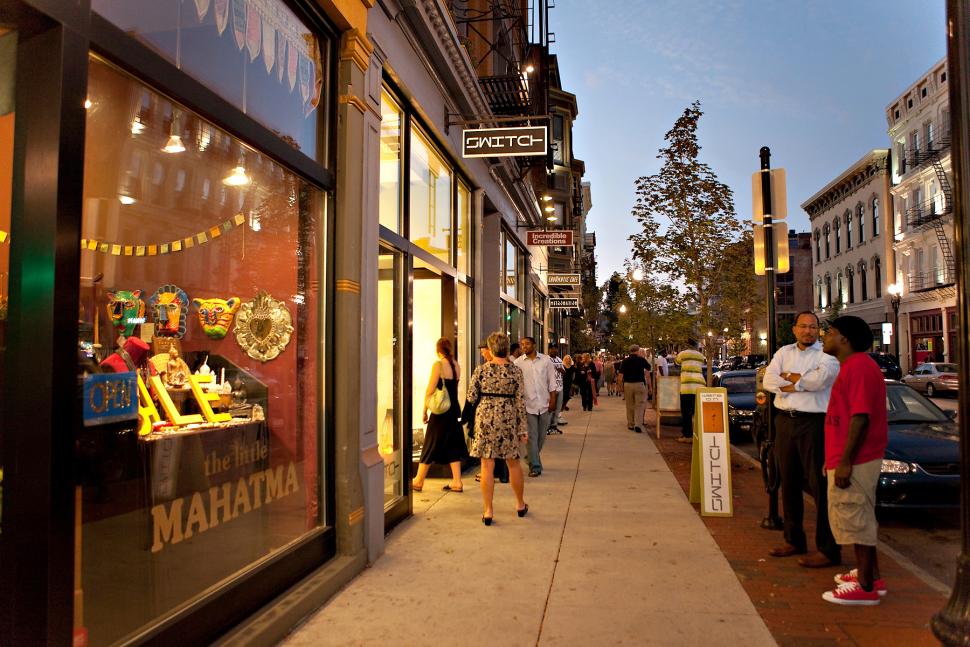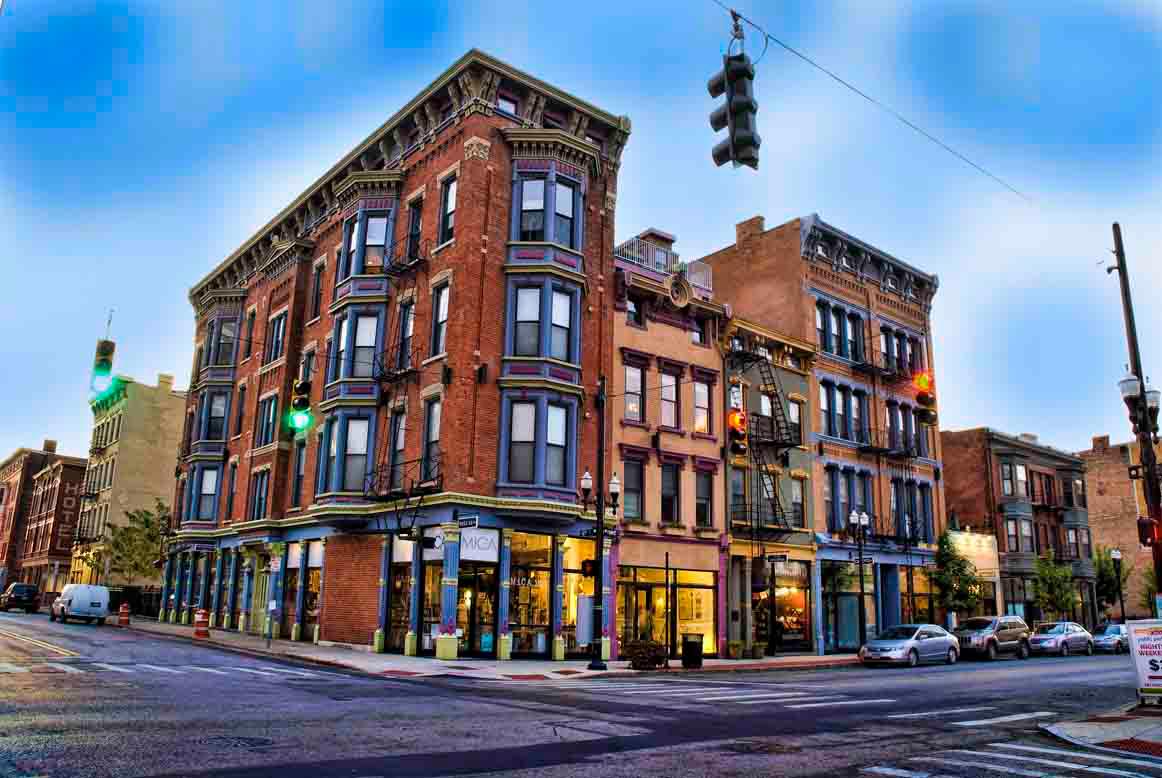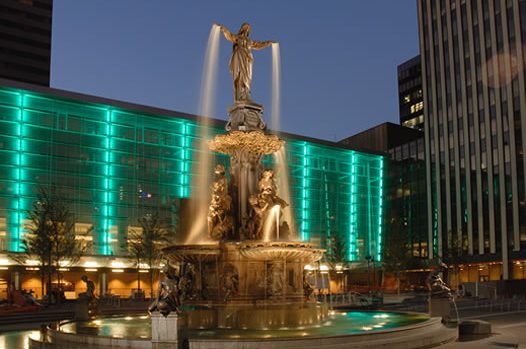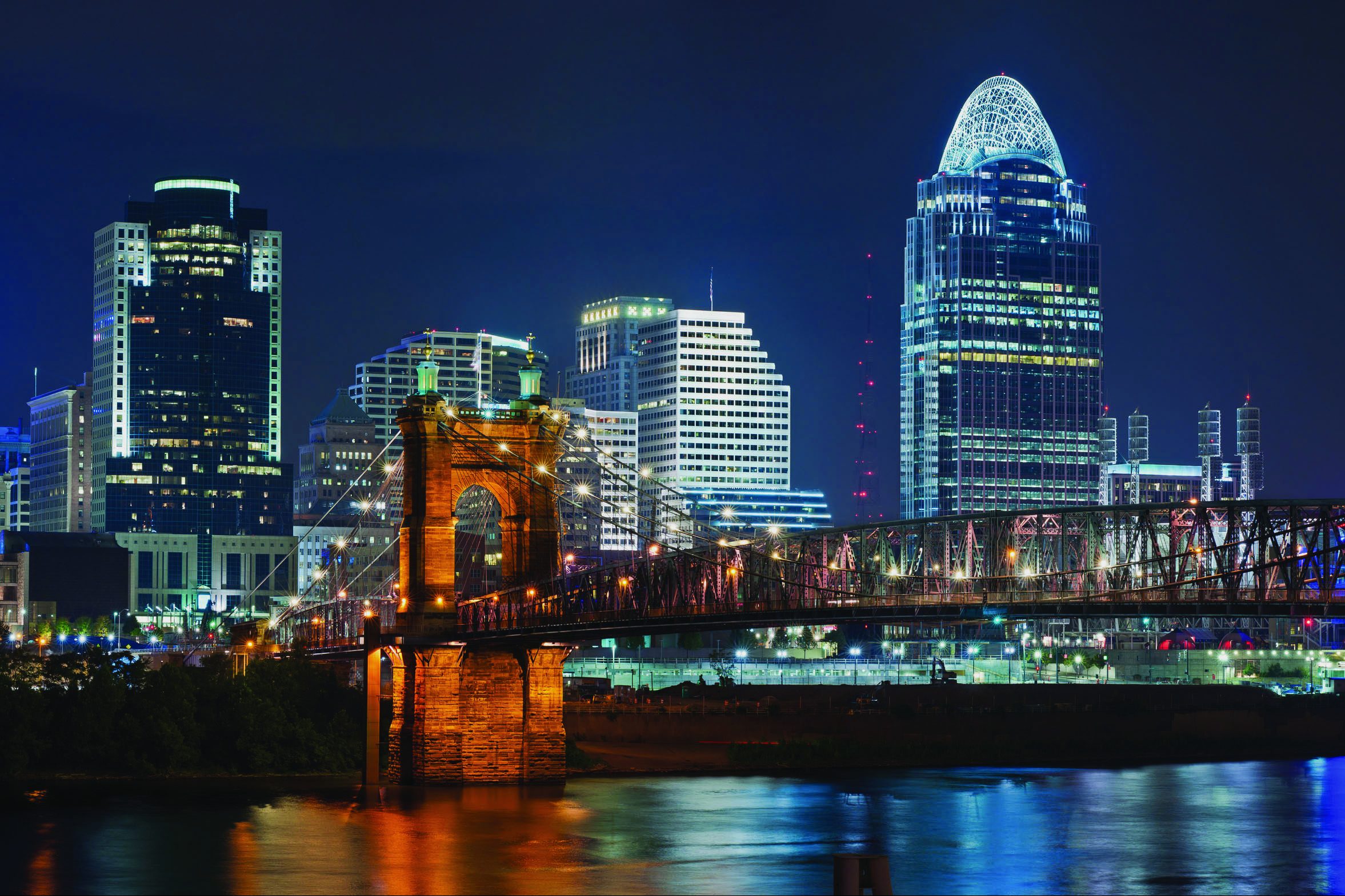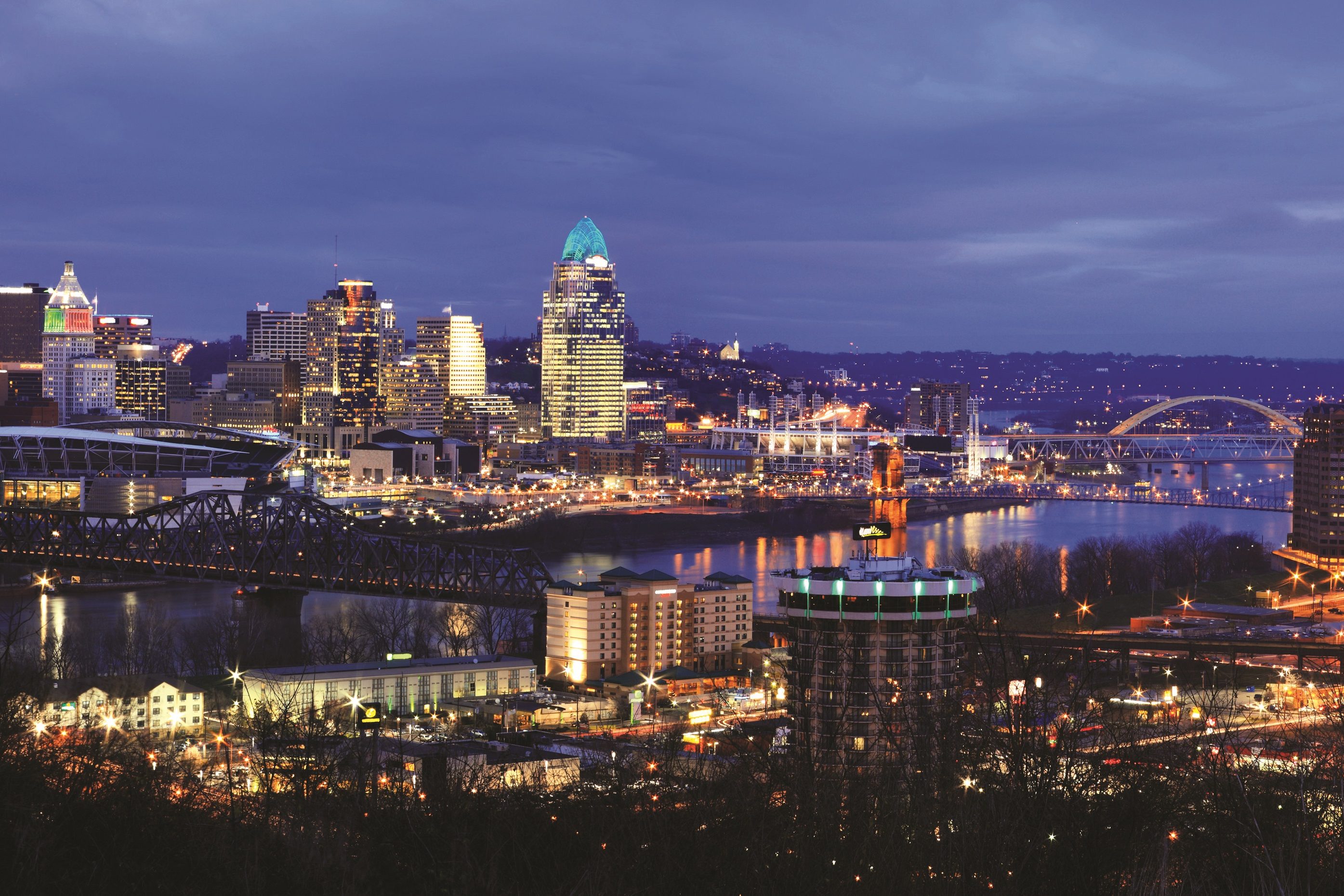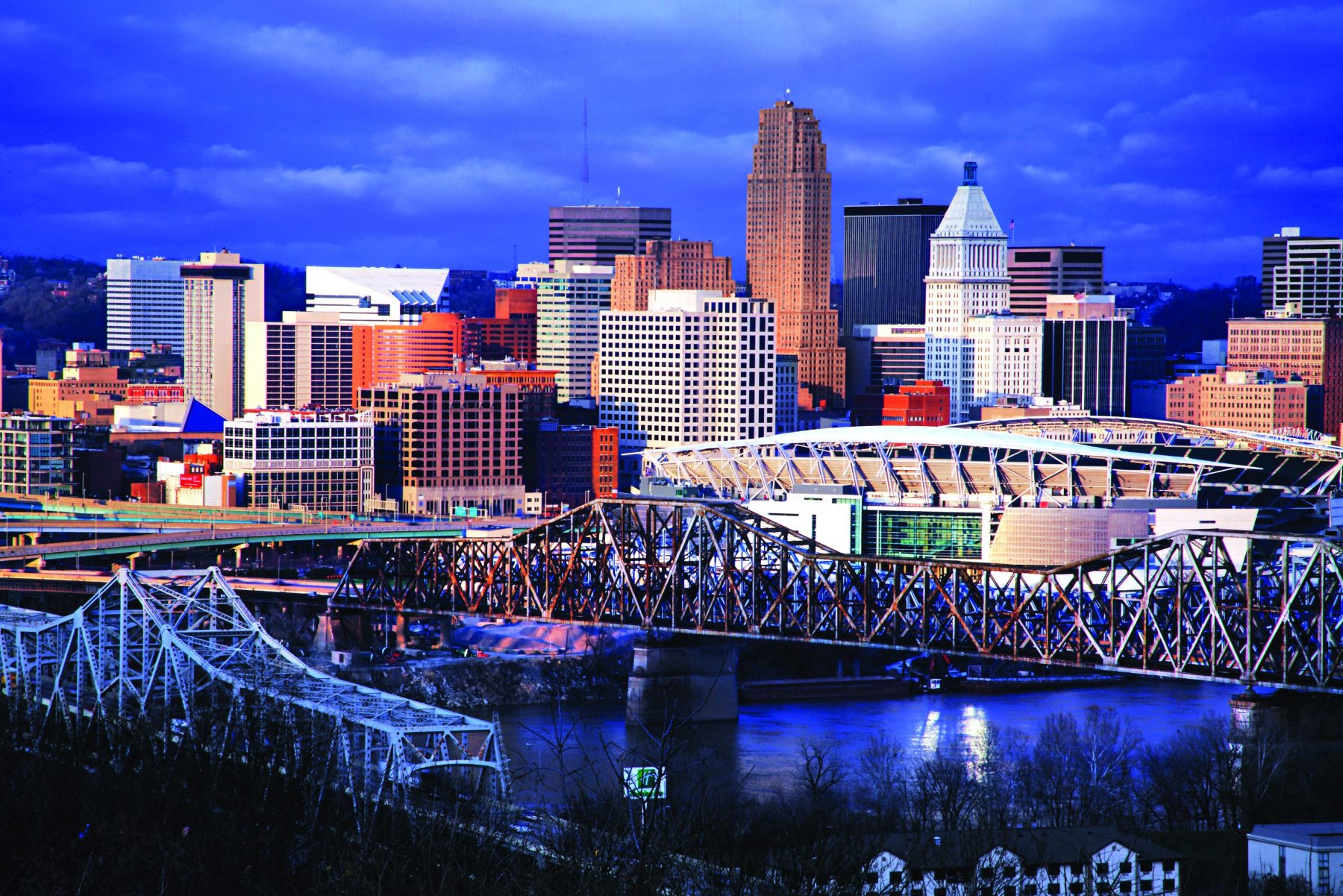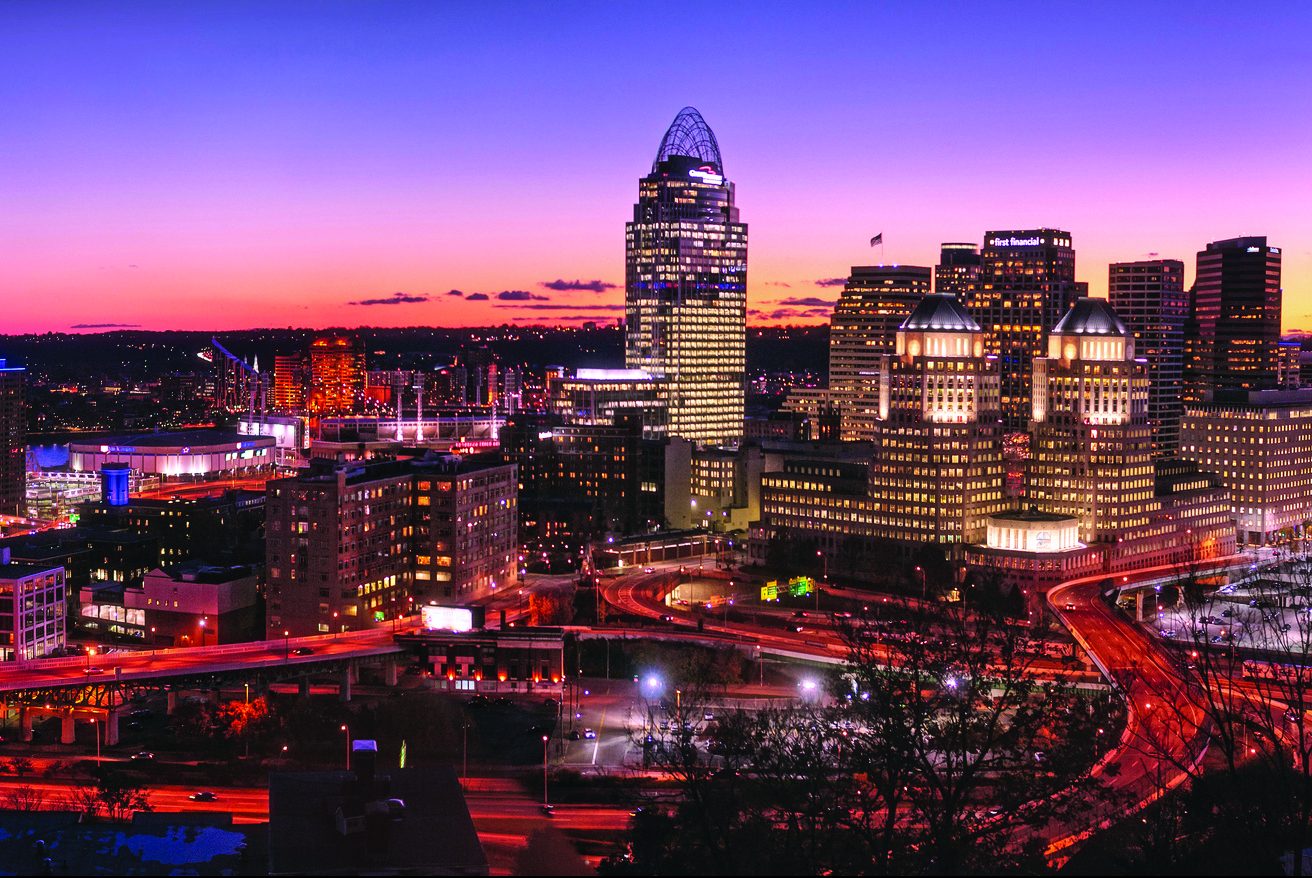
Downtown Cincinnati
The rich, scenic qualities of downtown Cincinnati have turned this community into an ideal location for people of all ages and lifestyles. From singles and professional couples with contemporary ideals to those who are enjoying their retired years, there’s an abundance of homes to choose from. Liberty Hill offers well-preserved homes with stately windows offering dramatic views of the cityscapes. Over-the-Rhine features restored turn-of-the century Italianate buildings as well as new structures with condominiums and homes in all price ranges. Smale Riverfront Park, Yeatman’s Cove and Sawyer’s Point host many festivals and concerts throughout the year. With all the new developments downtown, urban living has never been more exciting.
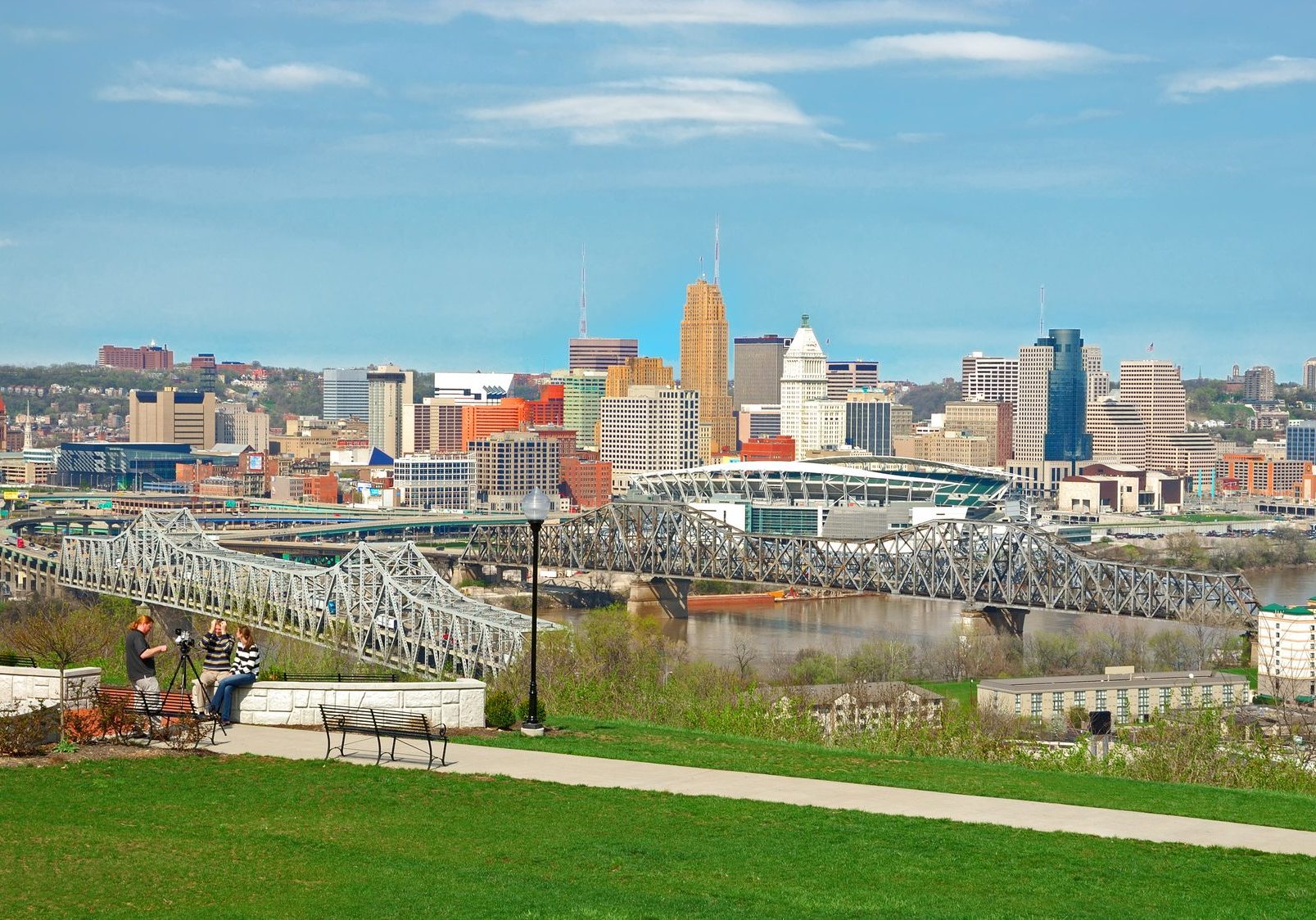
Cincinnati began as three settlements between the Little Miami and Great Miami rivers on the north shore of the Ohio River. Columbia was on the Little Miami, North Bend on the Great Miami. Losantiville, the central settlement, was opposite the mouth of the Licking River.
In 1789, Fort Washington was built to protect the settlements in the Northwest Territory. The post was constructed under the direction of General Josiah Harmar and was named in honor of President George Washington.
On January 4, 1790, Arthur St. Clair, the governor of the Northwest Territory, changed the name of the settlement to "Cincinnati" in honor of the Society of the Cincinnati, of which he was president, possibly at the suggestion of the surveyor Israel Ludlow. The society gets its name from Cincinnatus, the Roman general and dictator, who saved the city of Rome from destruction and then quietly retired to his farm. The society honored the ideal of return to civilian life by military officers following the Revolution rather than imposing military rule. To this day, Cincinnati in particular, and Ohio in general, is home to a disproportionately large number of descendants of Revolutionary War soldiers who were granted lands in the state. Cincinnati's connection with Rome still exists today through its nickname of "The City of Seven Hills (a phrase commonly associated with Rome) and the town twinning program of Sister Cities International. In 1819, Cincinnati began publishing city directories, listing the names of the residents, their occupations, and their residential addresses. These old directories remain a valuable resource for people seeking information about early residents.
source: en.wikipedia.org
Over-the-Rhine is home to historic Findlay Market, a marketplace where vendors have sold fruits, vegetables, meats, cheese and breads for close to a century. Many downtown residents as well as people from all over Cincinnati enjoy the atmosphere of a true marketplace. Over-the-Rhine features many local shops from clothing to art to furniture to antiques or gifts shops. This retail district has been named as a “Cool Street”. For those seeking a traditional mall, it is a short 20-minute drive north along I-71 to the Kenwood Towne Center which offers hundreds of stores on two levels with Nordstrom and Macy’s serving as anchors.
The Cincinnati Reds and the Cincinnati Bengals call downtown Cincinnati home. The city is also home to the FC Cincinnati United Soccer League club (which plays at Nippert Stadium at the University of Cincinnati) as well as the Cincinnati Cyclones ice hockey team. The Banks along the Ohio River is a popular area for young and old. Enjoy a meal, a drink at a pub or take a stroll along the Smale Riverfront Park all while enjoying the river views. There are many activities happening at the Fountain Square near the Central Business District. Concerts and other fun events are on the books throughout the year. In addition, many of Cincinnati’s yearly festivals are hosted downtown. Enjoy Oktoberfest Zinzinnati, the Taste of Cincinnati, Riverfest and the Bunbury Music Festival, to name a few.


